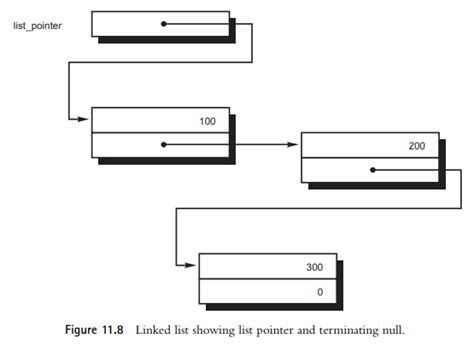Implement A Graph Using C Pointers
After specifying the GRAPH type, we have to create a graph from the input set of edges. The function createGraph given below can create a directed, or an undirected or a weighted graph. We specify the graph type by the user's input 'd', 'u,' or 'w.' The input is accepted from the function main.createGraph takes a flag value for creating the type of graph that the user wants.
Graph operations include traversal BFS, DFS, shortest path algorithms Dijkstra's, Bellman-Ford, and minimum spanning tree algorithms Prim's, Kruskal's. Q3 How can I implement Trees and Graphs in C programming? You can implement Trees using structs and pointers in C. Graphs can be represented using adjacency matrices or adjacency lists.
Header-C . Overview. This document contains a C program that implements graph representation using both adjacency list and adjacency matrix. The program provides functionalities to add edges, display the graph, and perform basic operations. Program Structure. The program is structured as follows
Graphs are a fundamental data structure in computer science, used to represent relationships between entities. In the context of the C programming language, understanding how to work with graphs is essential for solving a wide range of problems, from network analysis to pathfinding algorithms. This blog post will dive deep into the world of C graphs, covering the basic concepts, how to use
These are notes on implementing graphs and graph algorithms in C.For a general overview of graphs, see GraphTheory.For pointers to specific algorithms on graphs, see GraphAlgorithms.. 1. Graphs. A graph consists of a set of nodes or vertices together with a set of edges or arcs where each edge joins two vertices. Unless otherwise specified, a graph is undirected each edge is an unordered pair
Insertion Implementation. Determine the source vertex u and the destination vertex v where you want to insert an edge. Use the vertices as indices to access the cell in the adjacency matrix, matrixuv. Assign a value typically 1 to indicate an edge between u and v, matrixuv 1.If the graph is weighted, then insert the weight of the edge.
Yes , detroying the graph essentialy means the same . It is always a good practice to implement linked list as a adjacency list implementation of graph .Although you can always use a c quot2 D Vectorquot to implement the same .
The make graph function takes in the pointer to graph, the weight each node has and the number of nodes in the graph. Destroy graph frees up the memory that was allocated to the graph. The print graph function takes in the graph as the argument and prints data and the nodes if an edge exists between the said nodes.
This post will cover graph data structure implementation in C using an adjacency list. The post will cover both weighted and unweighted implementation of directed and undirected graphs. In the graph's adjacency list representation, each vertex in the graph is associated with the collection of its neighboring vertices or edges, i.e., every vertex stores a list of adjacent vertices.
Write a C program that implements Prim's algorithm to find the minimum spanning tree of a connected, undirected graph in C. Click me to see the solution. 9. Dijkstra's Algorithm Extended Challenges. Write a C program that creates a function to find the shortest path from a source vertex to all other vertices using Dijkstra's algorithm.


































